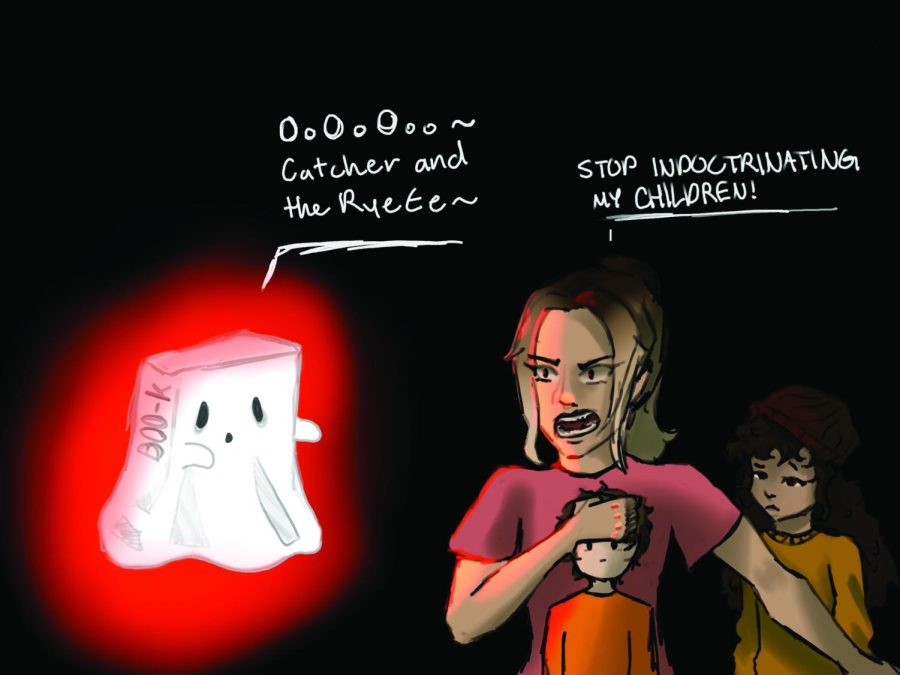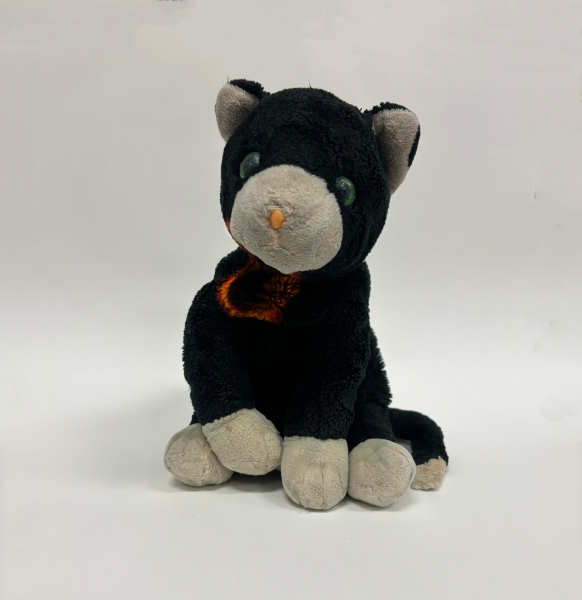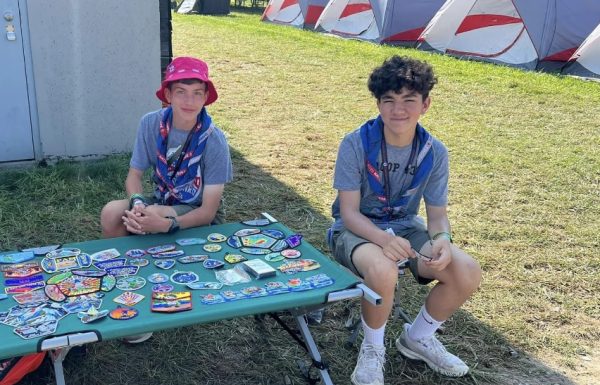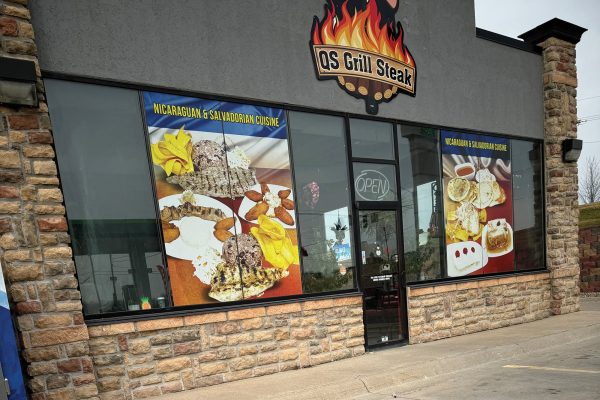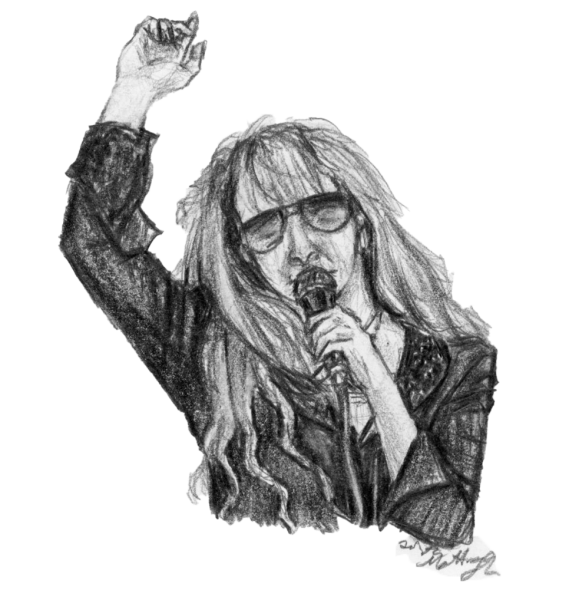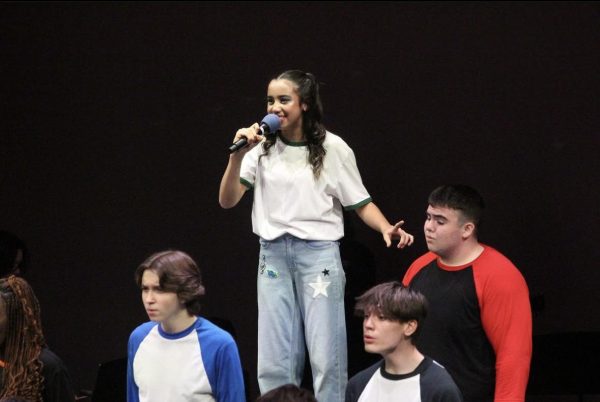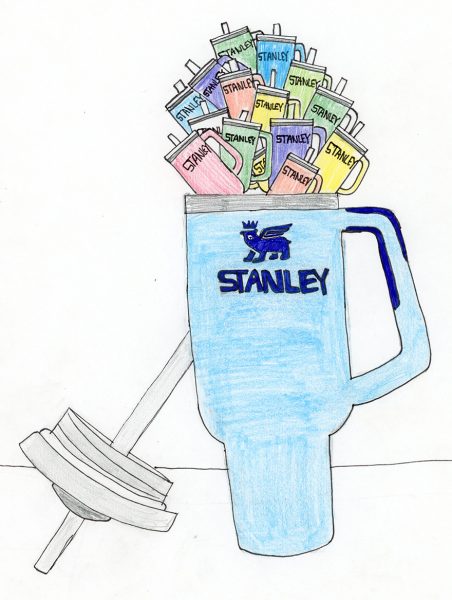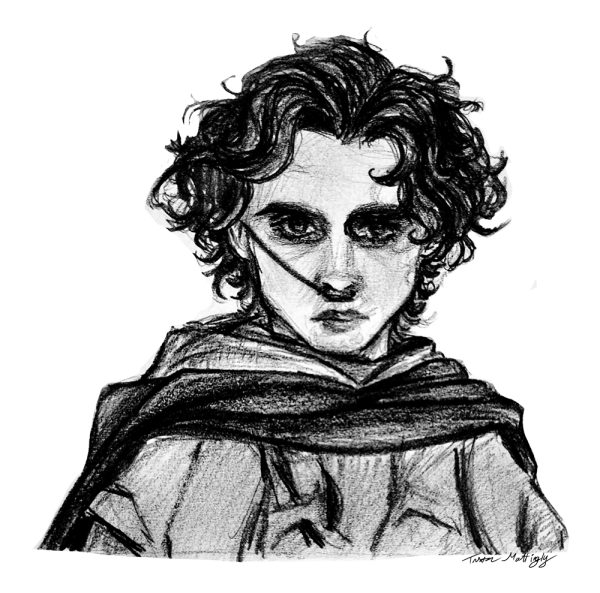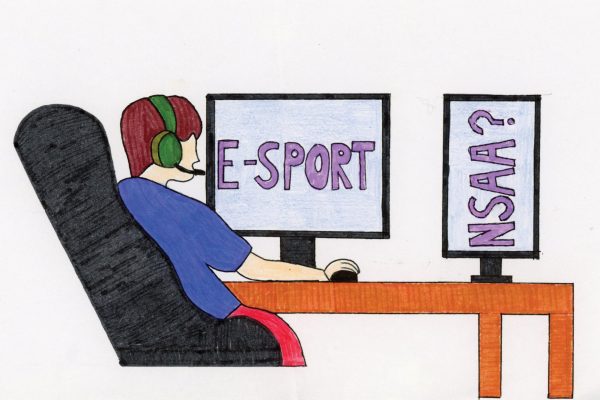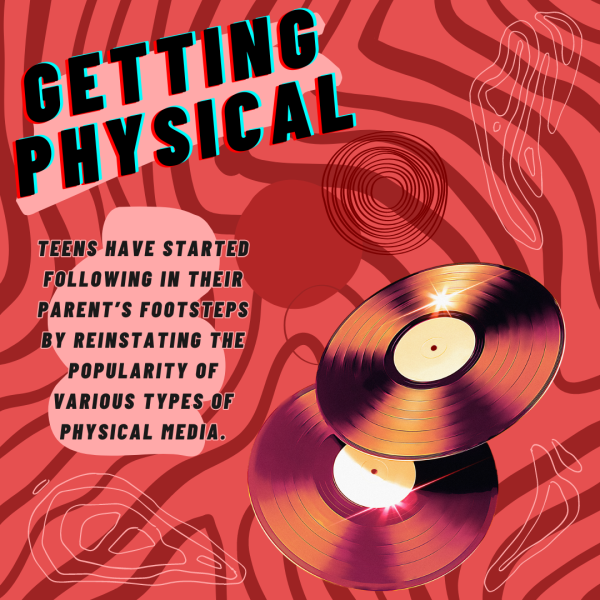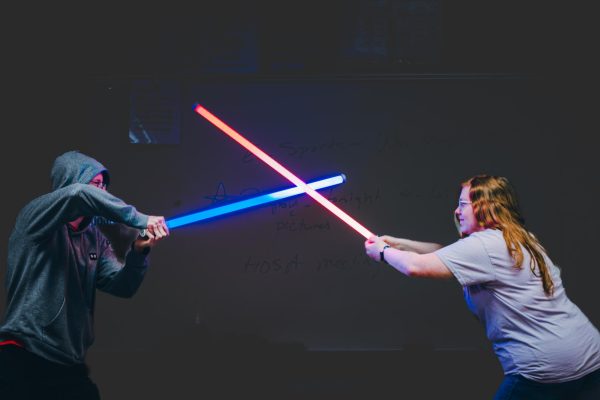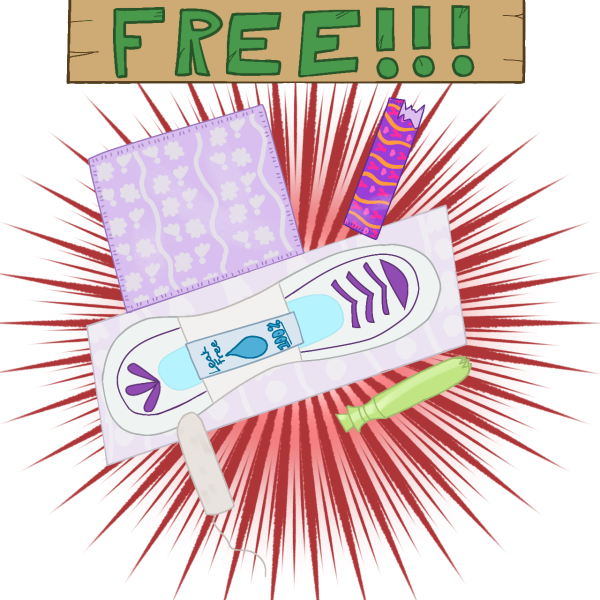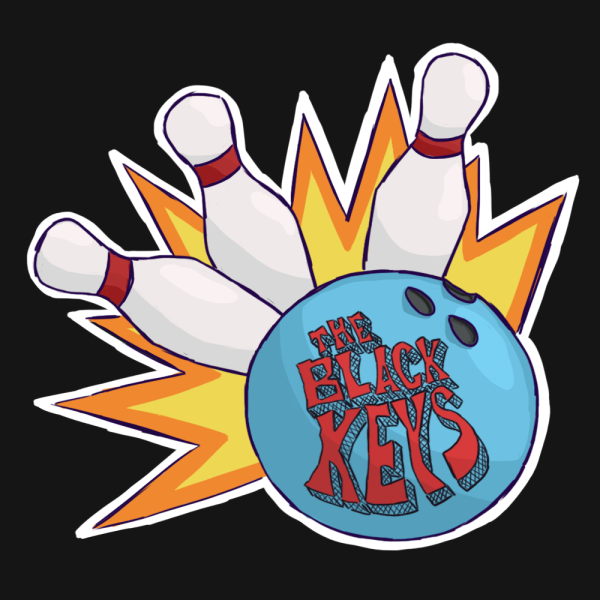Staff Editorial: Why bother to ban books?
Artist Statement: The whole piece is created from scratch, as it was started on a blank page on an IPad with the program Procreate. Nothing in the cartoon is pulled from other sources and no references were used in the creation of the piece. The finished design was created with multiple layers. Clipping masks and overlay options were used to create a dramatic lighting effect to give the piece more feeling and add more contrast between components in the cartoon. The cartoon was made with a singular brush option (flat brush) that the art program provides. Overall the cartoon took around an hour and a half to complete.
Last month 75 students at Plattsmouth High School walked out over the removal of 12 books from the library and now the librarian has given her resignation. Books like ‘The Hate U Give’ and ‘Looking for Alaska’ were removed, directly contrasting the district’s own policy at the time. The Plattsmouth Community Schools’ website states that books that have received a complaint “may remain in use pending its review and its disposition by the board of education” or that they could be “[placed upon] a reserve shelf where it may be checked out by students only with written parent permission.” In other words, books cannot be removed until they have been fully reviewed. The school went directly against its own policy when it removed the books pending review. This is an interesting situation as the school has broken their own rules and are attempting to cover their tracks with a new policy. Some parents may argue that the school was justified in removing inappropriate books immediately, and you can kind of see where those people may be coming from. But even then, you have to think about why those books are in the school library; it’s important for students to learn whatever is in them.
According to PEN America, an association that protects the rights of writers, 44 percent of books banned in the last year are challenged due to depictions of violence or abuse. With this in mind, it’s important to understand that we live in an increasingly violent world. After several mass shootings in a single week, students are unusually acclimated to violence in a way that previous generations have not been. Since this is true, there’s no reason to bother challenging books for violence. Students experience far realer violence in their day to day lives than they ever will in a book – and books might even be able to help students deal with that violence.
A scientific study by Coltan Scrivner, John A. Johnson, Jens Kjeldgaard-Christiansen, and Mathias Clasend provides further evidence for this idea. “Fiction allows the audience to explore an imagined version of the world at very little cost . . . Experiencing negative emotions in a safe setting, such as during a horror film, might help individuals hone strategies for dealing with fear and more calmly deal with fear-eliciting situations in real life.”
If people can benefit and learn from these ‘violent’ books, then that’s a good thing. It’s a safer way for kids to think about how they would react to situations that don’t naturally occur very often, or to cope with upsetting situations that have already happened.
Another point against banning books for violence is the content students consume outside of books. If you take a look at the most popular movies in the past five years, you can see a common theme among them: violence. Superhero movies like “Avengers: Endgame” and “The Batman’’ are good examples of this. Since violence is seemingly intertwined with our current culture, it seems senseless to blame school libraries or to ban books for ‘violence.’
PEN America also reports that 38 percent of books banned in the last year are health related. This includes books over mental health, bullying, substance abuse, and yes, sexual education. Sex-ed books are some of the most commonly challenged, and it’s easy to understand why. Parents seem to think that sex-ed books are inappropriate for teenagers to read, and in some cases they’re probably right. But consider this- it’s better for a teenager to be reading a fact checked, teacher approved sex-ed book, rather than simply Googling it (which is always an option in our modern era) Do you trust your librarians or the internet with your child more? The answer isn’t the internet, by the way.
Elaborating on that, anything banned by a school board can easily be found online by any child with a grain of internet skills. Seriously, you can find any book online for free–especially the banned ones.
So why bother banning books? There’s nothing to really gain besides the minor inconveniencing of students and the major inconvenience of librarians. Violence is a larger cultural issue, so it doesn’t make sense to prohibit kids from reading about it.
Let’s be real here; there is not any substantial benefit of banning books. It’s not protecting kids’ innocence or keeping teens from learning things too soon, and it’s certainly not protecting parents’ ability to choose what their kids can or can not read. A banned book is more than just a book. It’s a symbol of the struggle for power in schools, the social division we now face, and the battle for control between parents and their children. Even more than that, it’s a statement. It’s a statement of someone’s intent to control. That’s why they bother.
Like what you see here? Your donation will support the student journalists of Millard South High School. Your contribution will allow us to purchase cover most of our annual website hosting costs.
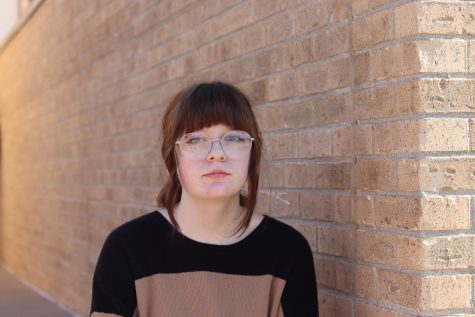
Ella is a sophomore at Millard South. She likes art, especially drawing and painting, reading, listening to music, and playing video games with friends.



